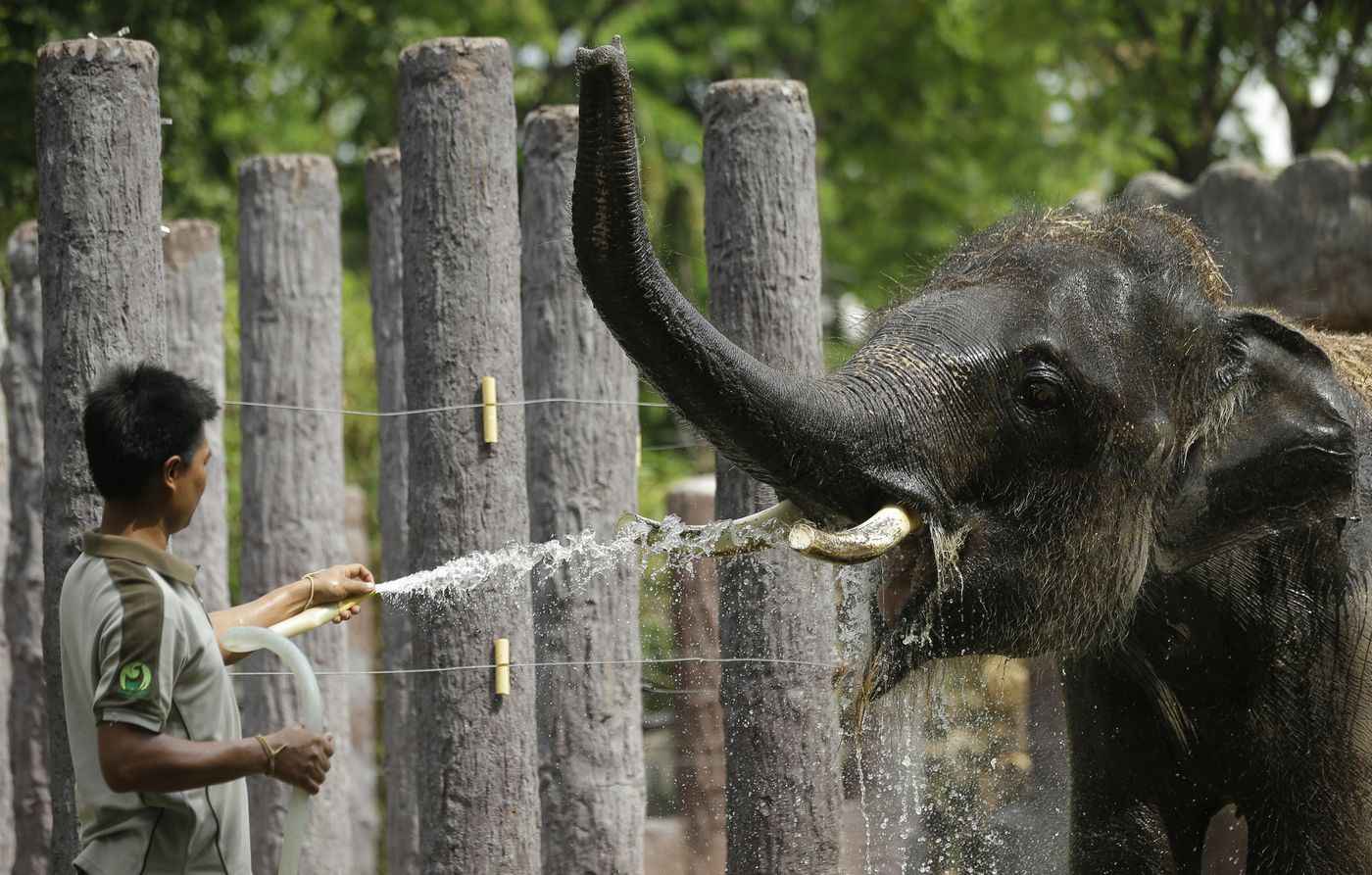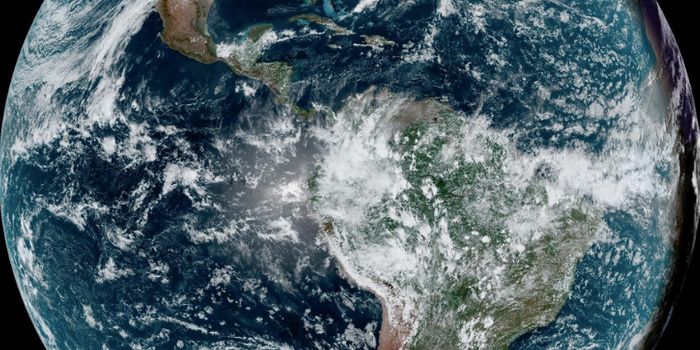El Niño and Global Warming are Responsible for Southeast Asia's Record Temperatures
Last year in April of 2016, temperatures in mainland Southeast Asia shot above the all-time highs of previous records, causing severe human discomfort, heightening energy consumption, and disturbing crop production in Cambodia, Thailand and other countries. Scientists at the University of Texas Institute for Geophysics (UTIG) have since determined that the root of these extreme temperatures was a combination of climate change and the El Niño effect. (El Niño refers to the climate pattern that brings warmer temperatures to Southeast Asia in April.) Their research has been published in the journal Nature Communications, and reports that El Niño was responsible for activating the heat which led to roughly half the warming, while global warming caused another third of the warming and triggered the heat to reach such intense highs.
"Though almost 50 percent of the April 2016 event was due to the 2015-16 El Niño, at least 30 percent of the anomaly was due to long-term warming, and there's definitely more to come in the future," UTIG postdoctoral fellow Kaustubh Thirumalai said.
Using computer model simulations and observations from land and ocean monitoring systems of the 15 hottest April temperatures over the past 80 years, the research team was able to identify natural and human-made causes of the extreme heat. From these analyses, they determined that long-term warming has driven Southeast Asia’s rising April temperatures since 1980. In fact, dating back to this year, they were able to verify a pattern where every April after an El Niño, new highs in temperatures have been seen. That means that global warming creates a positive feedback cycle with El Niño, intensifying the consequences of both climate patterns.
That doesn’t bode well for years to come. Projections for the coming 50 years show that climate change will likely heighten El Niño’s effects and Southeast Asia will suffer even more frequent record temperatures. "Because of long-term warming, even a weaker El Niño than the 2015-16 event in the mid-to-late 21st century could cause bigger impacts," said co-author Pedro DiNezio.
Studies such as this that analyze the interaction between human-caused climate change and naturally occurring climatic patterns are urgent in order to understand and prepare for extreme climate events. Friederike Otto, deputy director of the University of Oxford's Environmental Change Institute, who was not involved with the new study, stated: "I think these studies are very important in that they show how the relationships between these large-scale connected systems like El Nino and extreme events might change in a warming world."
Sources: Science Daily, Nature Communications, Stuff









